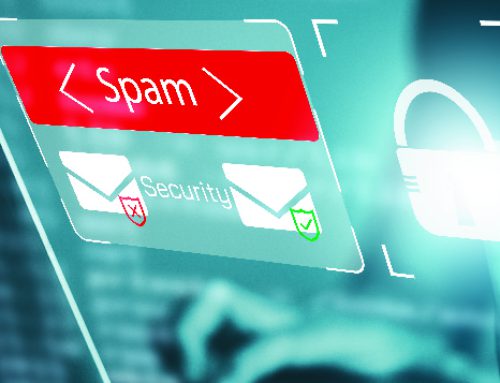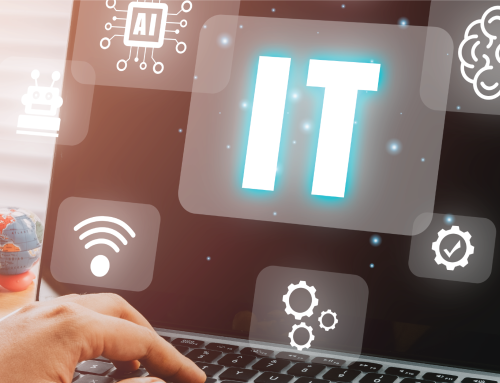Here’s one thing the cybersecurity world can agree on: there is no single product available today that will solve all your cybersecurity problems. In today’s world, it takes many technologies and processes to provide comprehensive risk and security management. Instead, Non-Profits and SMB’s should continuously be checking their systems for vulnerabilities, learning about new threats, thinking like attackers and adjusting their defenses as needed.
5 Threat Terms to Know:
Phishing: is the leading tactic leveraged by today’s ransomware hackers, typically delivered in the form of an email, chat, web ad or website designed to impersonate a real system and organization. Often crafted to deliver a sense of urgency and importance, the message within these emails often appears to be from the government or a major corporation and can include logos and branding.
Baiting: like phishing, baiting involves offering something enticing to an end user in exchange for private data. The “bait” comes in many forms, both digital, such as a music or movie download, and physical, such as a branded flash drive labeled “Executive Salary Summary Q3 2016” that is left out on a desk for an end user to find. Once the bait is taken, malicious software is delivered directly into the victim’s computer.
Quid Pro Quo: like baiting, quid pro quo involves a request for the exchange of private data but for a service. For example, an employee might receive a phone call from the hacker posed as a technology expert offering free IT assistance in exchange for login credentials.
Pretexting: is when a hacker creates a false sense of trust between themselves and the end user by impersonating a co-worker or a figure of authority within the company to gain access to private data. For example, a hacker may send an email or a chat message posing as the head of IT Support who needs private data to comply with a corporate audit (that isn’t real).
Tailgating: is when an unauthorized person physically follows an employee into a restricted corporate area or system. The most common example of this is when a hacker calls out to an employee to hold a door open for them as they’ve forgotten their RFID card. Another example of tailgating is when a hacker asks an employee to “borrow” a private laptop for a few minutes, during which the criminal can quickly steal data or install malicious software.
4 Must–Have Solutions for Cybersecurity Protection:
Antivirus Software: Cybersecurity technology starts with antivirus software. Antivirus, as its name implies, is designed to detect, block, and remove viruses and malware. Modern antivirus software can protect against ransomware, key loggers, backdoors, rootkits, Trojan horses, worms, adware, and spyware. Some products are designed to detect other threats, such as malicious URLs, phishing attacks, social engineering techniques, identity theft, and distributed denial-of-service (DDoS) attacks.
Firewalls: A network firewall is also essential. Firewalls are designed to monitor incoming and outgoing network traffic based on a set of configurable rules—separating your secure internal network from the Internet, which is not considered secure. Firewalls are typically deployed as an appliance on your network and in many cases, offer additional functionality, such as virtual private network (VPN) for remote workers.
Patch Management: Patch management is an important consideration as well. Cyber criminals design their attacks around vulnerabilities in popular software products such as Microsoft Office or Adobe Flash Player. As vulnerabilities are exploited, software vendors issue updates to address them. As such, using outdated versions of software products can expose your business to security risks. There are a variety of solutions available that can automate patch management.
Password Management: Recent studies have reported that weak passwords are at the heart of the rise in cyber theft, causing 76% of data breaches. To mitigate this risk, businesses should adopt password management solutions for all employees. Many people have a document that contains all their password information in one easily accessible file—this is unsafe and unnecessary. Encryption is also an important consideration. Encrypting hard drives ensures that data will be completely inaccessible, for example if a laptop is stolen.
These measures protect against a wide array of cyber-attacks. However, because threats like ransomware are always evolving, security solutions are just one part of an effective defense strategy. You also need solutions in place that enable you to return to operations quickly if you do suffer a cyberattack.
Feel free to Contact Us for more information.












